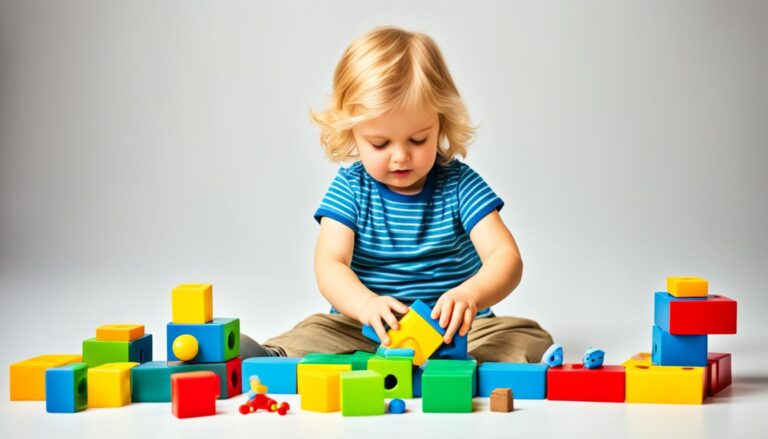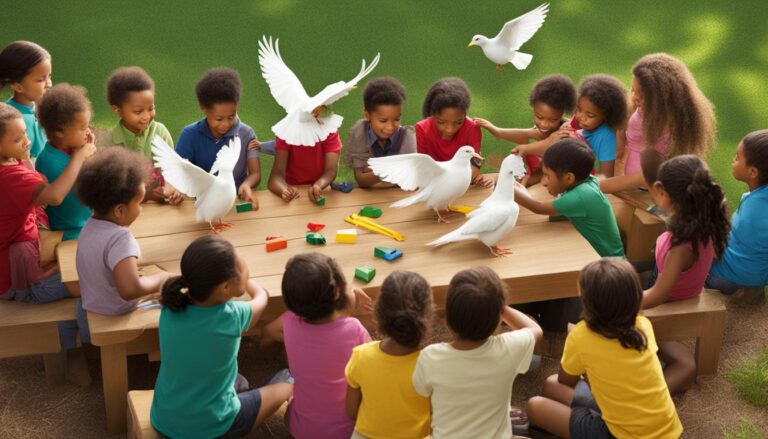Gross Motor Activities: A Guide to Enhancing Physical Development
Introduction
Gross motor activities are essential for the physical development of children, enabling them to build strength, coordination, and balance. These activities involve the large muscle groups and are critical for various everyday tasks, from running to jumping and climbing. In this comprehensive guide, we will delve into the significance of gross motor activities, explore various engaging exercises, and provide practical tips for parents and educators on how to encourage these activities in children.
Understanding Gross Motor Skills
What Are Gross Motor Skills?
Gross motor skills refer to the abilities required to control the large muscles of the body for movements such as running, jumping, throwing, and climbing. These skills are crucial for a child’s overall physical development and play a vital role in their ability to participate in sports and recreational activities as they grow.
Importance of Gross Motor Activities
- Physical Development: Engaging in gross motor activities promotes physical growth and helps develop strong muscles and bones. It also supports cardiovascular health and enhances overall fitness.
- Coordination and Balance: Regular participation in gross motor activities helps children improve their coordination and balance, which are vital for various physical tasks and sports.
- Social Skills: Many gross motor activities are social in nature, encouraging teamwork, communication, and cooperation among children. These skills are essential for building friendships and functioning well in group settings.
- Cognitive Development: Physical activity has been linked to improved cognitive function in children. Engaging in gross motor activities can enhance focus, attention, and problem-solving skills.
- Emotional Well-being: Physical activity is a natural mood booster. Participating in gross motor activities can help children reduce stress and anxiety while improving their self-esteem and confidence.
Engaging Gross Motor Activities
Outdoor Activities
- Running and Racing
Encourage children to run freely in an open space. Organize races to make it more exciting. Running improves cardiovascular fitness and builds muscle strength. - Jumping Games
Activities like jumping rope or hopping on one foot enhance leg strength and coordination. Set up jump challenges to keep children engaged and motivated. - Climbing
Use playground equipment or natural structures like trees for climbing. Climbing develops upper body strength, coordination, and spatial awareness. - Obstacle Courses
Create a backyard obstacle course using cones, hoops, and other materials. This activity encourages problem-solving while developing agility and balance. - Biking and Scootering
Riding bikes or scooters promotes leg strength and balance. Ensure children wear helmets for safety.
Indoor Activities
- Dance Parties
Organize dance sessions with upbeat music. Dancing improves coordination, flexibility, and cardiovascular health while allowing children to express themselves. - Yoga for Kids
Introduce simple yoga poses that require balance and strength. Yoga promotes flexibility and relaxation, making it a great addition to gross motor activities. - Ball Games
Play ball games like basketball, soccer, or catch indoors. These activities enhance hand-eye coordination and teamwork skills. - Animal Walks
Encourage children to mimic animal movements, such as crawling like a bear or hopping like a frog. This fun activity helps improve strength and coordination. - Movement Storytime
Combine storytelling with movement by having children act out parts of the story. This not only engages their imagination but also incorporates physical activity.
Structured Activities
- Sports Teams
Enroll children in sports teams or classes. Participating in structured sports helps develop teamwork, discipline, and specific motor skills related to the sport. - Martial Arts
Martial arts training improves balance, coordination, and self-discipline while offering a fun and engaging way to stay active. - Swimming Lessons
Swimming is an excellent full-body workout that enhances strength and coordination while promoting water safety. - Gymnastics
Gymnastics classes focus on flexibility, balance, and strength through various activities, helping children develop core motor skills. - Dance Classes
Enroll children in dance classes to learn various dance styles while enhancing their rhythm, coordination, and strength.
Tips for Encouraging Gross Motor Activities
Create a Safe Environment
Ensure that the play area is safe and free from hazards. Provide appropriate equipment and supervise children during activities to prevent injuries.
Be a Role Model
Participate in gross motor activities with your children. Your enthusiasm and involvement will encourage them to engage in physical activities regularly.
Incorporate Activities into Daily Routines
Make gross motor activities a part of everyday life. Encourage walking or biking instead of driving for short distances, or set aside time each day for active play.
Limit Screen Time
Reduce the amount of time children spend on screens and encourage them to engage in physical activities instead. Set limits on screen time to promote a healthier lifestyle.
Celebrate Achievements
Recognize and celebrate your child’s physical achievements, whether big or small. Positive reinforcement will motivate them to continue participating in gross motor activities.
Conclusion
Gross motor activities are essential for the physical, cognitive, and emotional development of children. By encouraging various engaging activities, parents and educators can help children build strong motor skills, enhance their physical fitness, and foster social connections. Incorporating gross motor activities into daily routines not only promotes a healthy lifestyle but also creates opportunities for children to explore, learn, and grow.
FAQ Section
What are some examples of gross motor activities?
Examples of gross motor activities include running, jumping, climbing, dancing, biking, swimming, playing sports, and engaging in outdoor play.
How do gross motor activities benefit my child?
Gross motor activities improve physical strength, coordination, and balance, enhance cognitive skills, promote social interaction, and contribute to emotional well-being.
At what age should children start gross motor activities?
Children can start engaging in gross motor activities as infants through tummy time and crawling. As they grow, they can participate in more structured activities appropriate for their developmental stage.
How can I encourage my child to be more active?
Create a safe and engaging environment for play, participate in activities with them, limit screen time, and offer a variety of physical activities to keep them interested.
Are there any specific gross motor activities for toddlers?
Yes! Activities like walking, running, climbing, jumping, dancing, and playing simple ball games are great for toddlers to develop their gross motor skills.
How much physical activity do children need?
The CDC recommends that children aged 6 to 17 engage in at least 60 minutes of moderate to vigorous physical activity daily.
Can gross motor activities help with developmental delays?
Yes, engaging in gross motor activities can support children with developmental delays by promoting muscle strength, coordination, and overall physical development. Consult with a healthcare professional for personalized guidance.




